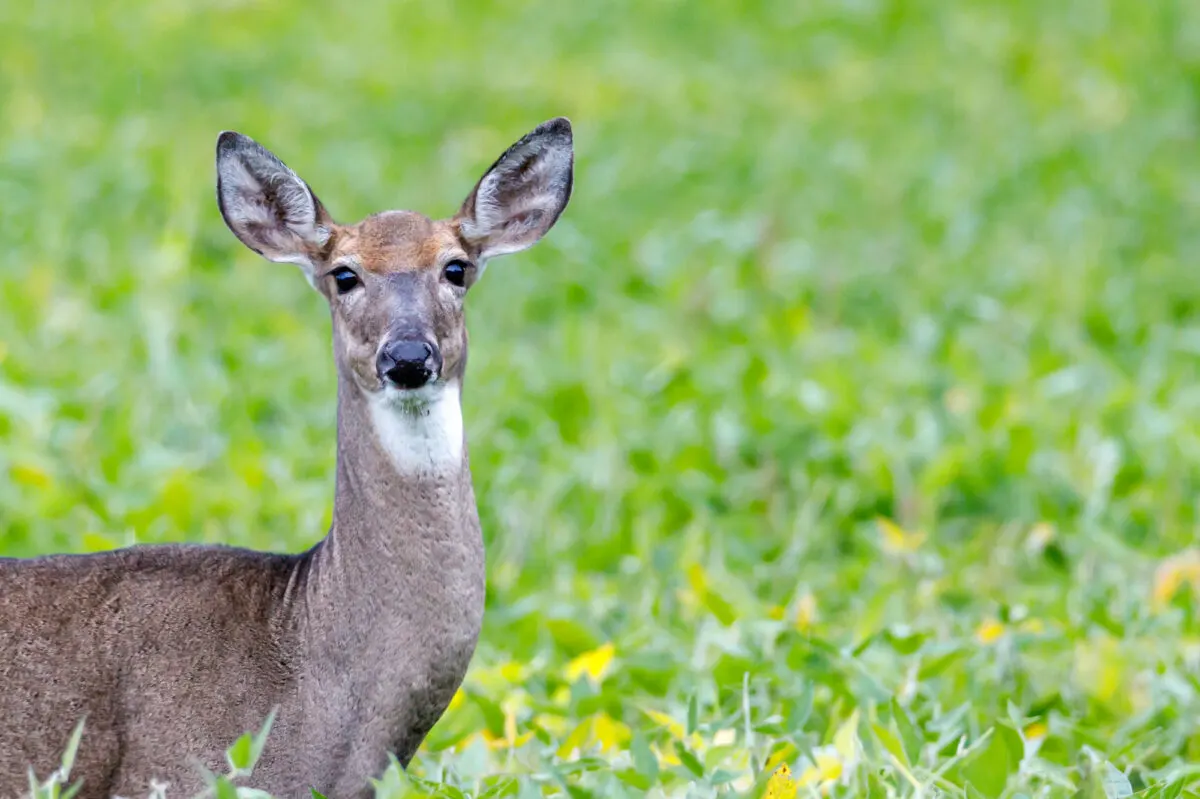In the vast tapestry of wildlife conservation, success stories emerge like beacons of hope, illuminating the path forward. Among these tales of triumph, the resurgence of White-Tailed Deer populations stands out as a testament to nature’s resilience and the impact of dedicated conservation initiatives. This article delves into the remarkable journey of these iconic creatures, exploring the factors that propelled their rebound and uncovering valuable lessons for broader wildlife conservation endeavors.
The Decline: Shadows Over the White-Tailed Kingdom
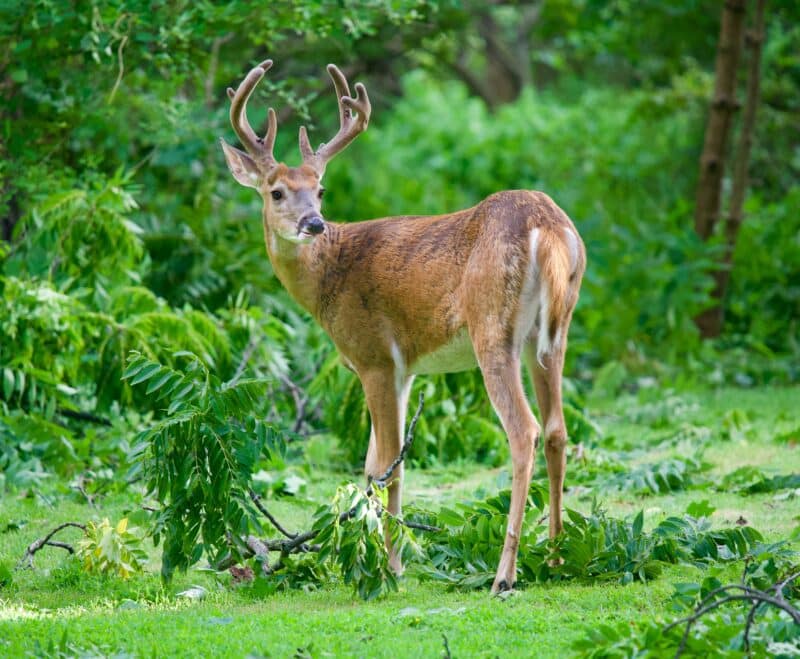
Before the dawn of conservation success, the White-Tailed Deer faced a perilous decline. Unregulated hunting, habitat loss, and ecological imbalances cast shadows over their once-thriving kingdom. At the brink of a population crisis, the need for intervention became undeniable. Understanding the severity of the situation, conservationists rallied to reverse the ominous trajectory and restore the balance within the ecosystems where these majestic creatures play a crucial role.
Conservation Initiatives: A Symphony of Strategies
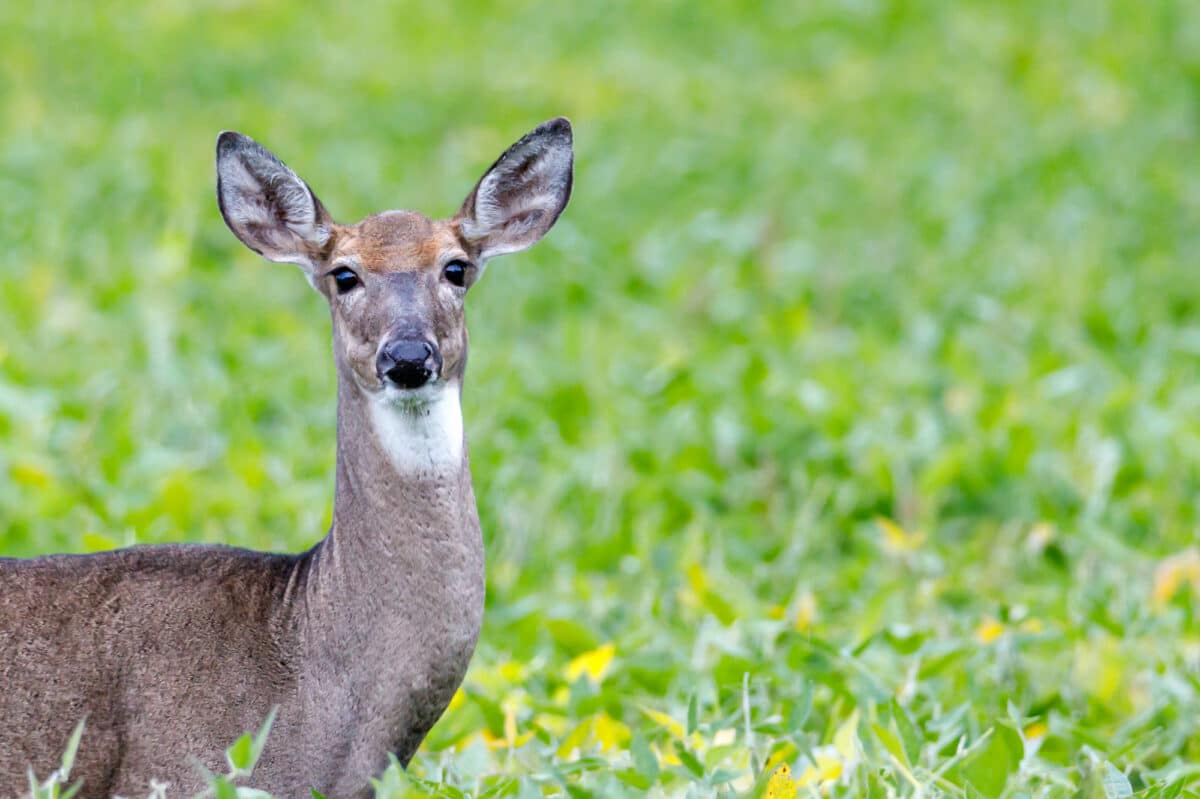
The key to the White-Tailed Deer’s remarkable resurgence lies in the orchestration of diverse conservation initiatives. From habitat restoration projects to regulated hunting practices, a symphony of strategies played a pivotal role in tipping the scales in favor of these graceful animals. Interestingly, controlled burns, a seemingly counterintuitive method, proved to be a powerful ally. These intentional fires helped rejuvenate habitats, promoting the growth of vegetation vital for the deer’s sustenance while reducing the risk of catastrophic wildfires.
Balancing Act: The Role of Controlled Hunting
One of the most controversial yet effective tools in the conservation toolbox was controlled hunting. While initially met with skepticism, well-managed hunting programs became a linchpin in controlling the deer population. This approach not only prevented overgrazing but also contributed to the overall health and genetic diversity of the population. The delicate balance between conservation and responsible hunting emerged as a lesson applicable to a spectrum of species facing similar challenges.
Wildlife Corridors: Paving the Way for Migration
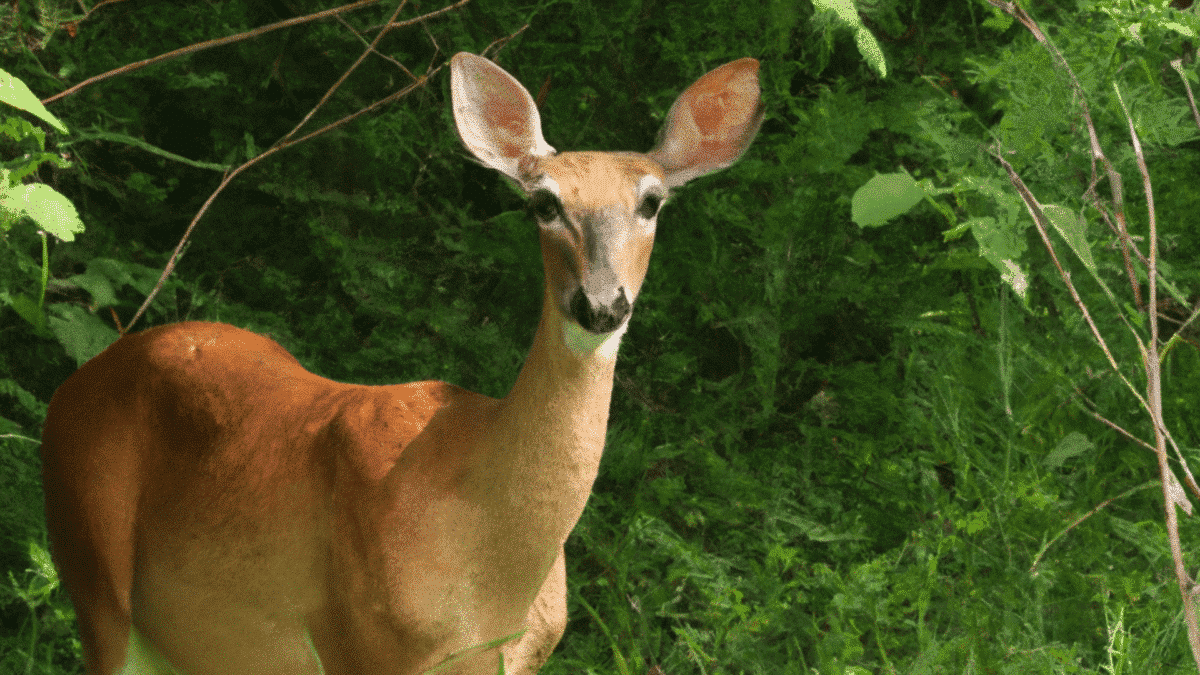
The revival of White-Tailed Deer populations didn’t solely hinge on localized efforts; it required thinking beyond borders. Wildlife corridors, designated pathways connecting fragmented habitats, played a crucial role in facilitating the seasonal migrations of these animals. This innovative approach helped counteract the adverse effects of habitat fragmentation. Thus, ensuring that the deer could roam freely, fostering genetic diversity, and maintaining robust population dynamics.
The Ripple Effect: Lessons for Broader Conservation
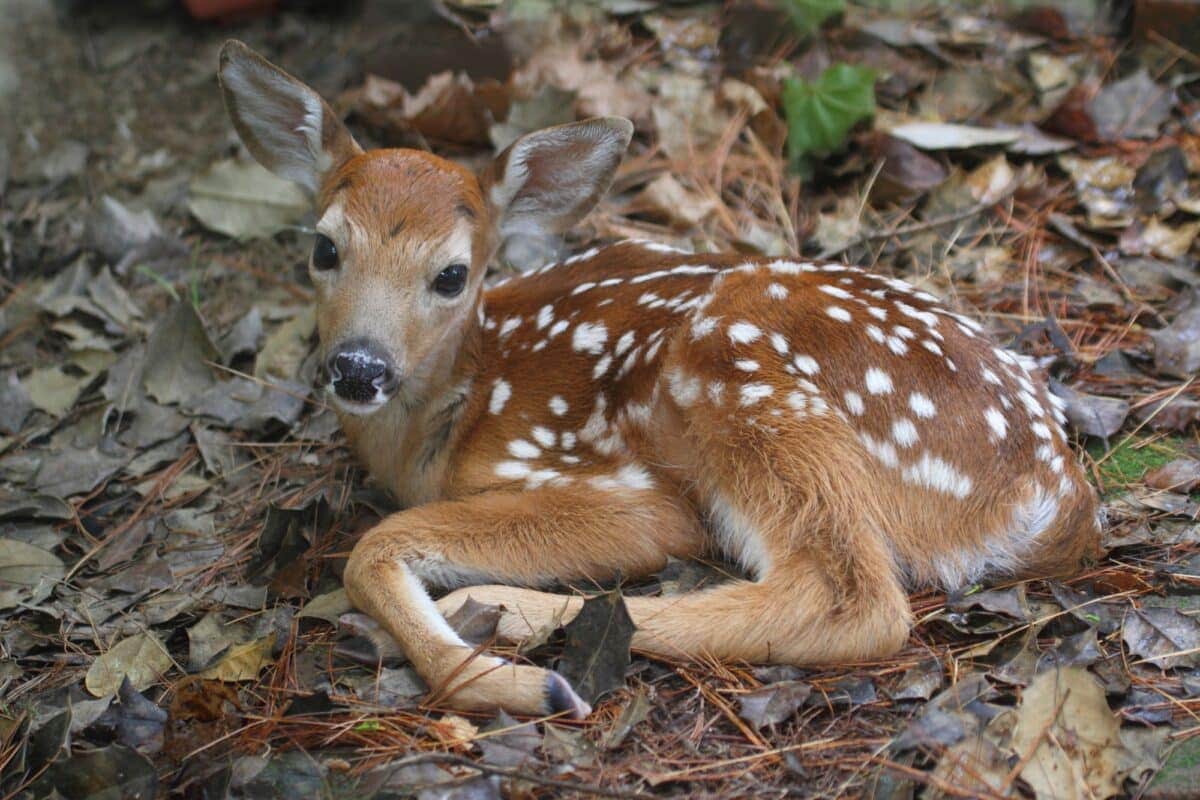
The success in White-Tailed Deer conservation sends ripples of inspiration across the broader canvas of wildlife preservation. It underscores the importance of a holistic approach, where habitat restoration, controlled hunting, and transboundary cooperation converge. Conservationists worldwide can draw upon these triumphs, customizing strategies to address the unique challenges faced by different species and ecosystems.
Wrapping Up with White-Tailed Deer Mysterious Population Rebounding
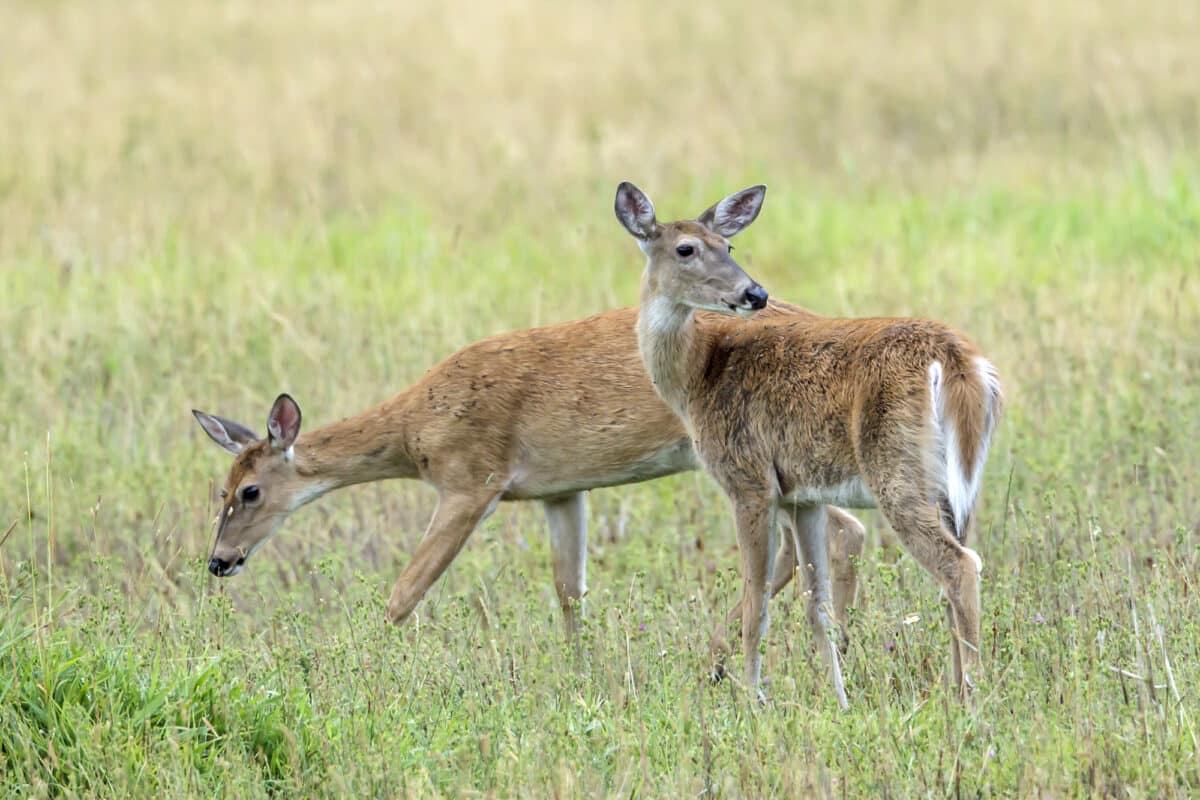
As White-Tailed Deer populations rebound, the narrative shifts from despair to optimism—a beacon of hope in the realm of wildlife conservation. The lessons learned from this success story resonate far beyond the forests these majestic creatures call home. By embracing a multifaceted strategy, blending science, public awareness, and innovative techniques, we pave the way for a future where threatened species can reclaim their place in the natural tapestry of our planet. The White-Tailed Deer’s resurgence teaches us that, with dedication and strategic intervention, we can not only mend the fabric of ecosystems but also ensure a harmonious coexistence between humans and wildlife.
Thank you for following along with this article –
Next up in the animal kingdom:
- Bison Leaves Woman With Spinal Injuries In Yellowstone - May 3, 2024
- 7-Year-Old Stares Down Massive Bear - May 2, 2024
- Elephants Ask Rescuer To Play Piano - May 2, 2024

